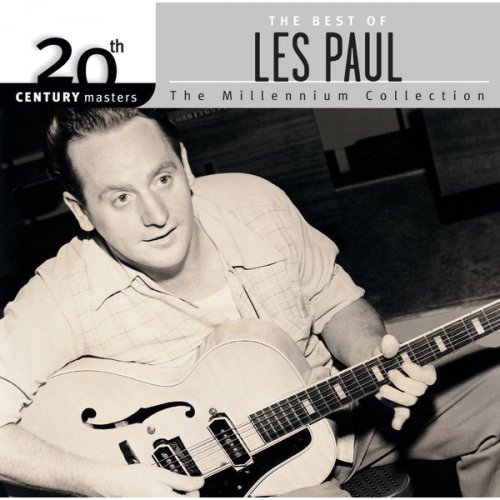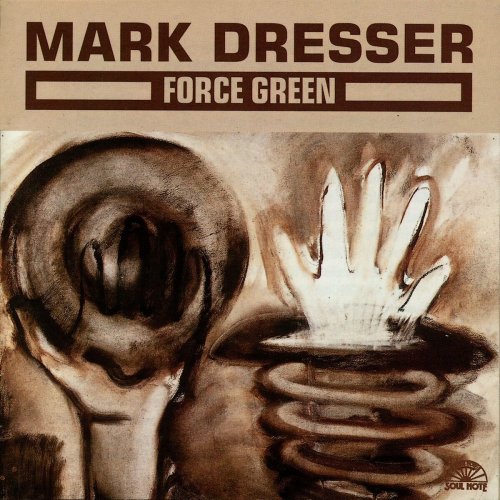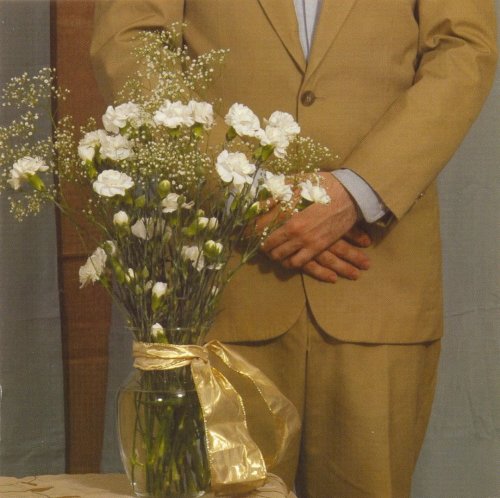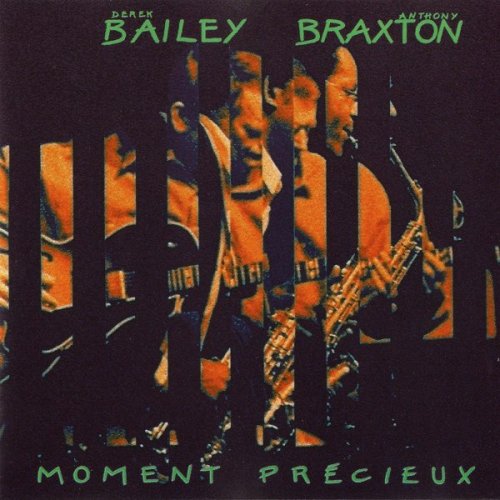Mikhail Pletnev - Shostakovich: Symphony No. 15 / Hamlet (2015) [DSD64]

Artist: Mikhail Pletnev
Title: Shostakovich: Symphony No. 15 / Hamlet
Year Of Release: 2015
Label: PentaTone
Genre: Classics
Quality: DSD64 2.0 (*.dsf) (tracks) 2,8 MHz/1 Bit
Total Time: 01:04:39
Total Size: 2.55 GB
WebSite: Album Preview
Tracklist:Title: Shostakovich: Symphony No. 15 / Hamlet
Year Of Release: 2015
Label: PentaTone
Genre: Classics
Quality: DSD64 2.0 (*.dsf) (tracks) 2,8 MHz/1 Bit
Total Time: 01:04:39
Total Size: 2.55 GB
WebSite: Album Preview
1. Symphony No. 15 - Allegretto 08:23
2. Symphony No. 15 - Adagio 16:38
3. Symphony No. 15 - Allegretto 04:22
4. Symphony No. 15 - Adagio-Allegretto 17:38
5. Hamlet Op.32 - Introduction and Night Watch 02:23
6. Hamlet Op.32 - Dinner Music 01:36
7. Hamlet Op.32 - Dance Music 02:11
8. Hamlet Op.32 - The Hunt 01:36
9. Hamlet Op.32 - Monologue of Claudius 01:45
10. Hamlet Op.32 - Musical Pantomime 01:15
11. Hamlet Op.32 - Lullaby 01:14
12. Hamlet Op.32 - Gigue (Addition, composed in 1954) 01:05
13. Hamlet Op.32 - Requiem 01:57
14. Hamlet Op.32 - Signals of Fortinbras 00:44
15. Hamlet Op.32 - March of Fortinbras 01:52
Nothing is as it seems here. And everything seems futile here. Can one say it any more briefly? Shostakovich’s Symphony No. 15 remains a complete enigma for the observant listener. However, in an attempt to explain it, let us consider, for the time being, the few, straight facts: the work was composed between April and the end of July 1971, and is the last symphony to issue from Shostakovich’s pen. It was given its première in Moscow in 1972, under the direction of his son Maxim. Not much more can be said about the Symphony No. 15 that is clear and unambiguous, unless one chooses to describe the musical processes in the sense of a musicological analysis of the structure, in order to present formal criteria or the course of the work, for example. Of course, these parameters offer no more than a point of orientation for an assessment of the contents or an interpretation of the work. However, none of the symphonies written by Shostakovich can be interpreted out of the context of the extreme biographical situation of this composer in the Soviet Union. To be sure, the fifteen symphonies – from the first to the last – do not just reflect in music Soviet history between 1926 and “Listen to my music. That says it all” 1972; they also encapsulate the survival strategy of a man who suffered for decades under the threat first of fascist extermination campaigns, and later, time and again, of the dictatorial state terror. As Shostakovich struggled with major health problems after his heart attack in 1966, he must have realized that each work from that time onwards could well have been his last. And thus – whether consciously or subconsciously – his own musical requiem, as long as it did not end up on the index beforehand. After all, even long after Stalin’s reign of terror, artistsin the Soviet Union were still subject to the unamenable rulings of the party leadership and their executive thugs.
Download Link Isra.Cloud
Mikhail Pletnev - Shostakovich: Symphony No. 15 / Hamlet (2015) [DSD64]
My blog
Mikhail Pletnev - Shostakovich: Symphony No. 15 / Hamlet (2015) [DSD64]
My blog








![Trondheim Jazz Orchestra & Alf Hulbækmo - Skumringsbarda (2026) [Hi-Res] Trondheim Jazz Orchestra & Alf Hulbækmo - Skumringsbarda (2026) [Hi-Res]](https://www.dibpic.com/uploads/posts/2026-01/1768741554_cover.jpg)